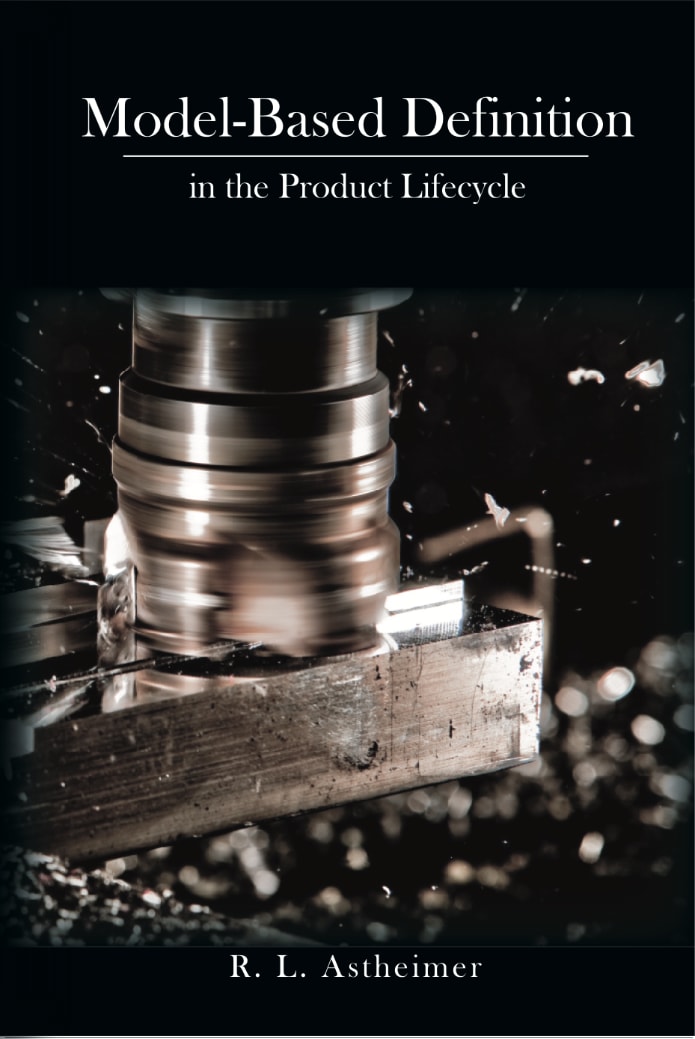 A professor in Purdue Polytechnic’s Department of Computer Graphics Technology has published a new book about model-based definition (MBD), the practice of using 3D CAD (computer-aided design) models to provide specifications for a product to be produced without the use of traditional engineering drawings. An MBD acts as a single source of information, ensuring everyone needing product information when bringing a product to market is getting the same up-to-date information.
A professor in Purdue Polytechnic’s Department of Computer Graphics Technology has published a new book about model-based definition (MBD), the practice of using 3D CAD (computer-aided design) models to provide specifications for a product to be produced without the use of traditional engineering drawings. An MBD acts as a single source of information, ensuring everyone needing product information when bringing a product to market is getting the same up-to-date information.
“If a 2D drawing is handed to someone and they make changes on that drawing,” said Rosemary Astheimer, assistant professor of practice in computer graphics technology, “the changes often don’t make it back to engineering, leaving the model and drawing out of sync.”
Incorporating MBD into the design and manufacturing process, rather than relying solely on traditional practices, reduces errors caused by human data reentry and helps ensure all stakeholders are working from the latest data while reducing the time to market.
In “Model-Based Definition in the Product Lifecycle,” Astheimer explores the activities that occur throughout a product’s lifecycle beyond manufacturing and inspection. Before many products are manufactured, they exist in a digital format. Detailed information stored in the “digital twin” can include the product’s dimensions, geometric dimensioning and tolerancing (GD&T) used to manufacture and inspect the product to ensure it is manufactured with the precision needed for it to perform its function, component level materials, assembly level bills of materials, engineering configurations, design intent, and more. The digital detail provided via MBD could be enough to manufacture the product without traditional engineering drawings.
 Although the first standard for digital product data definition was published in 2003, industry is now adopting MBD in earnest. Astheimer notes that familiarity with model-based definition is essential for businesses that want to be competitive in “Industry 4.0,” the ongoing automation of traditional manufacturing and industrial practices.
Although the first standard for digital product data definition was published in 2003, industry is now adopting MBD in earnest. Astheimer notes that familiarity with model-based definition is essential for businesses that want to be competitive in “Industry 4.0,” the ongoing automation of traditional manufacturing and industrial practices.
“My goal is to educate my students, our future workforce, so they can be valuable contributors to industry from day one,” Astheimer said. “I wrote this book to teach them as much as I could about MBD in the 16 weeks that I have with them. The students take what they’ve learned in the book and apply their knowledge using software used in industry to optimize CAD geometry, validate geometry quality, analyze inspection data and generate work instructions, to name a few. Anyone new to MBD wanting to understand what MBD is all about could benefit from the book.”
The new book “Model-Based Definition in the Product Lifecycle” is available from Amazon.
